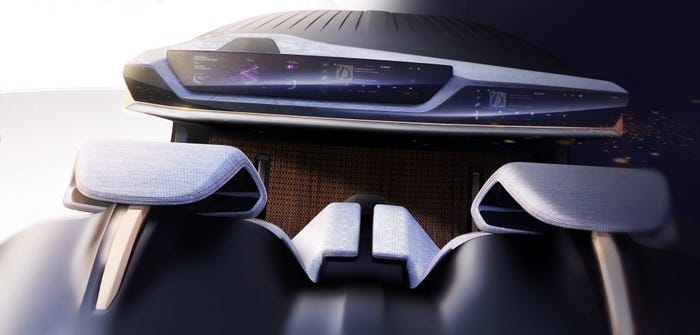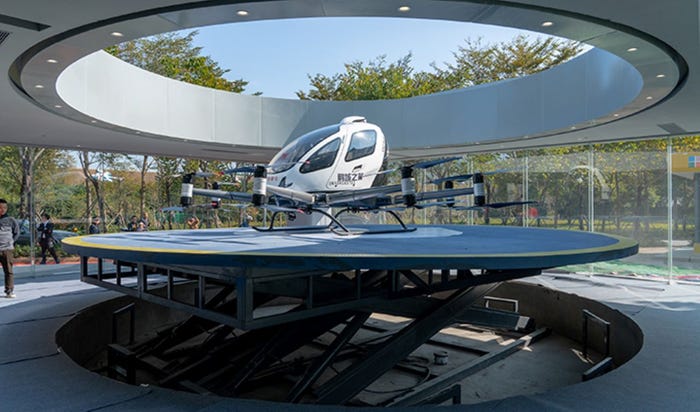Chrysler Cockpit Concept Points to Self-Driving Future at CES 2023
The company's Synthesis Cockpit serves to preview technologies on the way from parent company Stellantis

Chrysler has showcased its vision of what the interior of a future electric autonomous car might look like by unveiling the Synthesis Cockpit concept at CES in Las Vegas.
While the “concept” is merely a cabin with no vehicle around it, it does provide some intriguing insight into Chrysler’s thinking – with self-driving clearly on the agenda, as a steering wheel is a notable omission.
And the Synthesis also serves to preview technologies on the way from parent company Stellantis, with Chrysler set to be the first of its brands in North America to benefit from them. (Jeep, Ram and Dodge are also in the Stellantis stable).
The three technologies in question are STLA Brain, STLA Smart Cockpit and STLA AutoDrive, described by Chrysler as “AI-powered platforms” that “create smooth, efficient and connected experiences between the customer and the vehicle.”
The STLA Brain is the electrical architecture that powers the STLA Smart Cockpit infotainment system, which is displayed on a 37.2-inch sculpted black glass panel and screen that is accessible to both front-row occupants. The STLA Smart Cockpit interface uses AI to learn user preferences and enhance the owner experience over time.

The Chrysler Synthesis interior conveys a modern and spacious sanctuary compatible with Level 3 autonomous driving functionality. Interior appointments complement the cockpit’s personalization features while enhancing comfort and the overall mobility experience.
More futuristic still is the integration of STLA AutoDrive, which delivers Level 3 autonomous capability, meaning the vehicle will take control of the driving in certain circumstances. Indeed, the complete lack of a steering wheel suggests that Chrysler wants to encourage occupants to completely remove their focus on the road and enjoy the constantly growing array of innovative features that will be made available via over-the-air updates.
To that end, it has provided its idea of a typical “day in the life” that the Synthesis’ connectivity would facilitate, which includes providing route planning, charging status, weather updates and diary synchronization before the car has even set off. There would also then be a ‘welcome’ for the driver courtesy of a virtual personal assistant based on biometric recognition, before the autonomous driving kicks in.
This would allow the human “driver” to multitask and access a suite of work-related activities, such as video conferencing, or enjoy the Synthesis’ Chill/Zen/Fun Modes which allow the likes of meditation, karaoke and games.
At the end of the day, the connected Chrysler would even have the ability to “wake up” the owner’s smart home features on the return to their house.
No time frame has been indicated for the potential introduction of the tech, but Chris Feuell, Chrysler brand CEO, said: “The Synthesis shown at CES 2023 represents the future of Chrysler brand design, technology and customer experience by introducing customer-centric design and intuitive, seamlessly connected technology for real life.”
However, the brand has committed to introduce its first electric vehicle by 2025 and says the Synthesis is the “next step” in “its charge forward into an all-electric portfolio” following the unveiling of the Airflow EV concept at CES in 2022.
About the Author
You May Also Like








